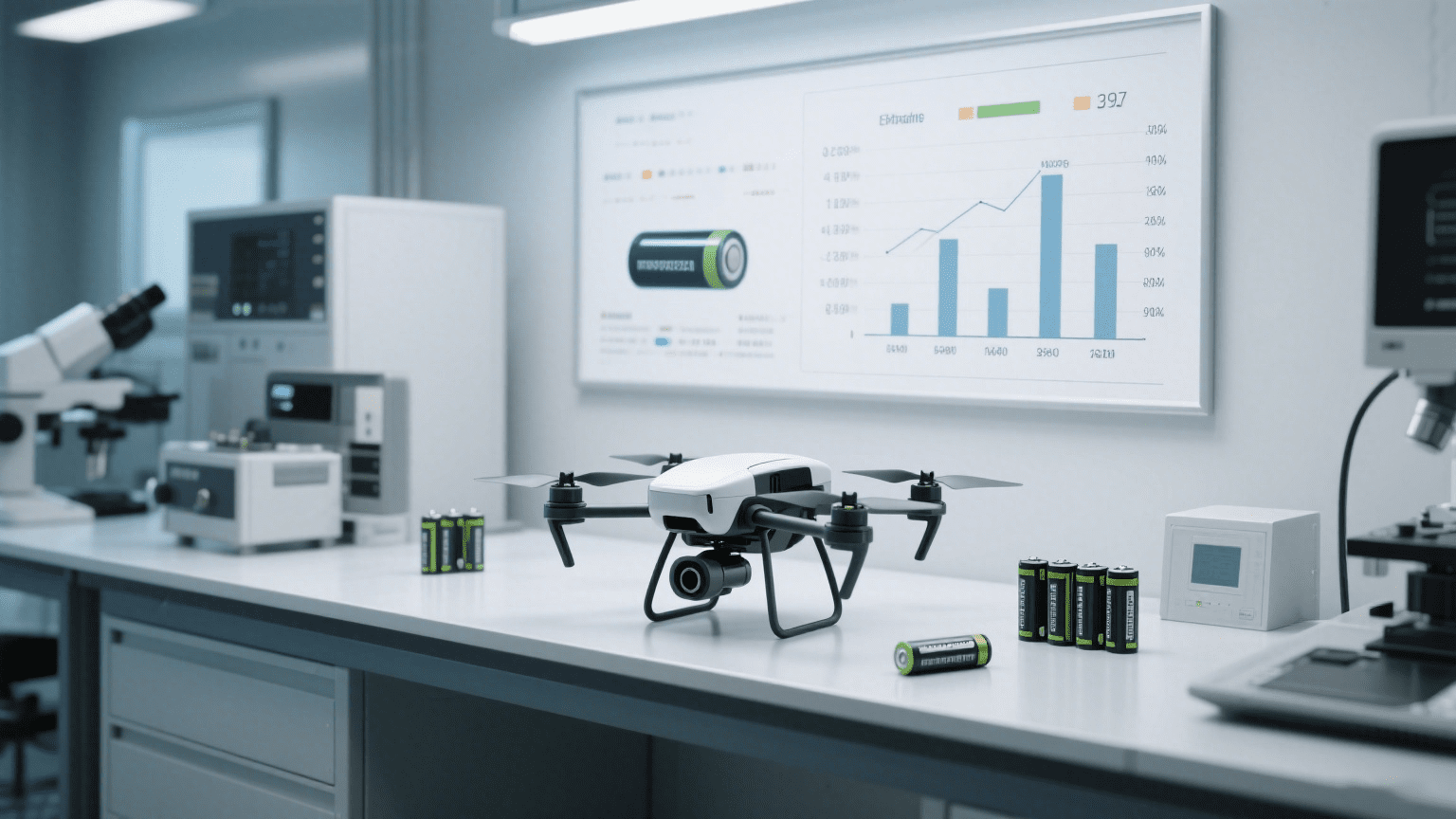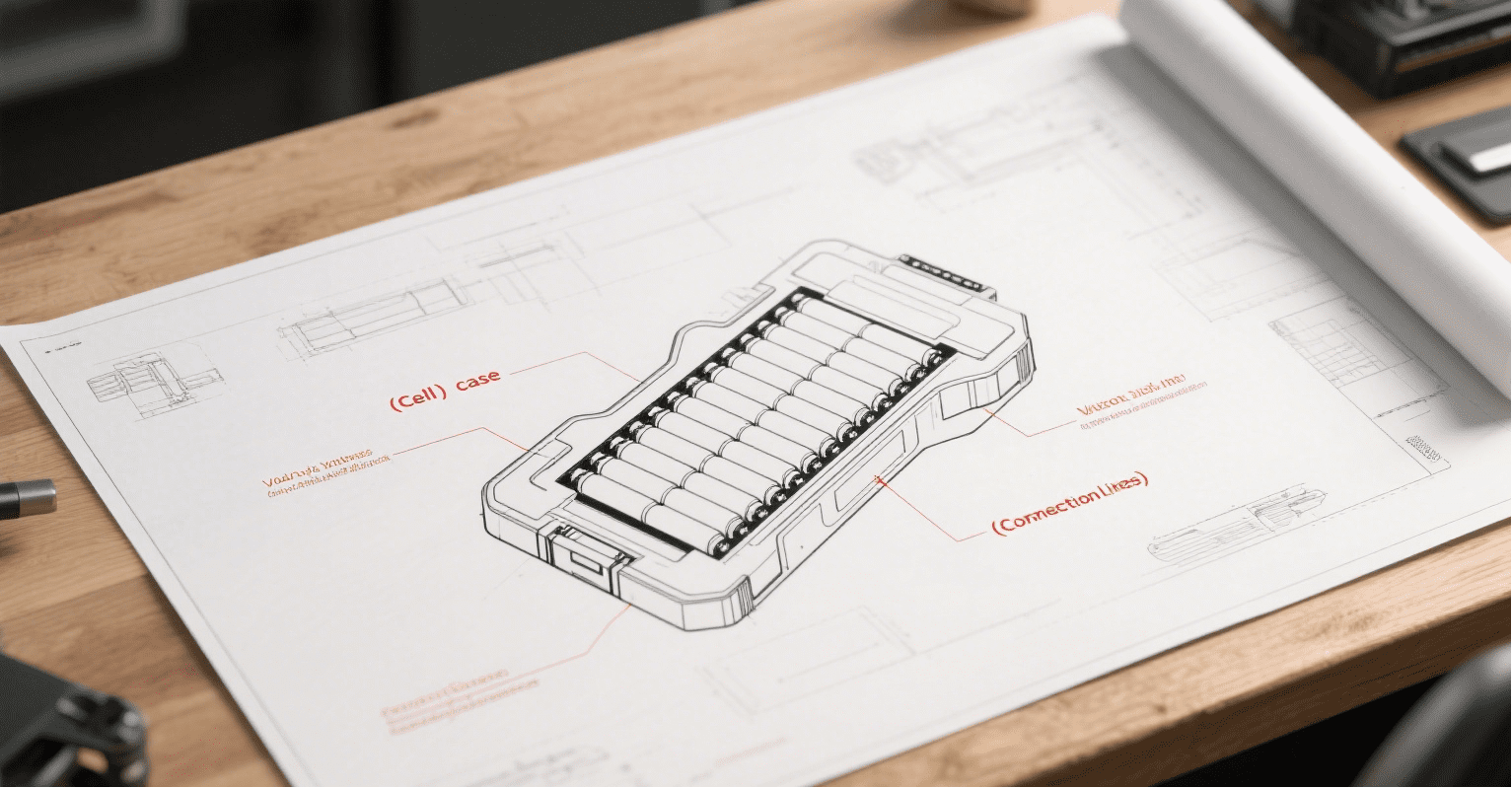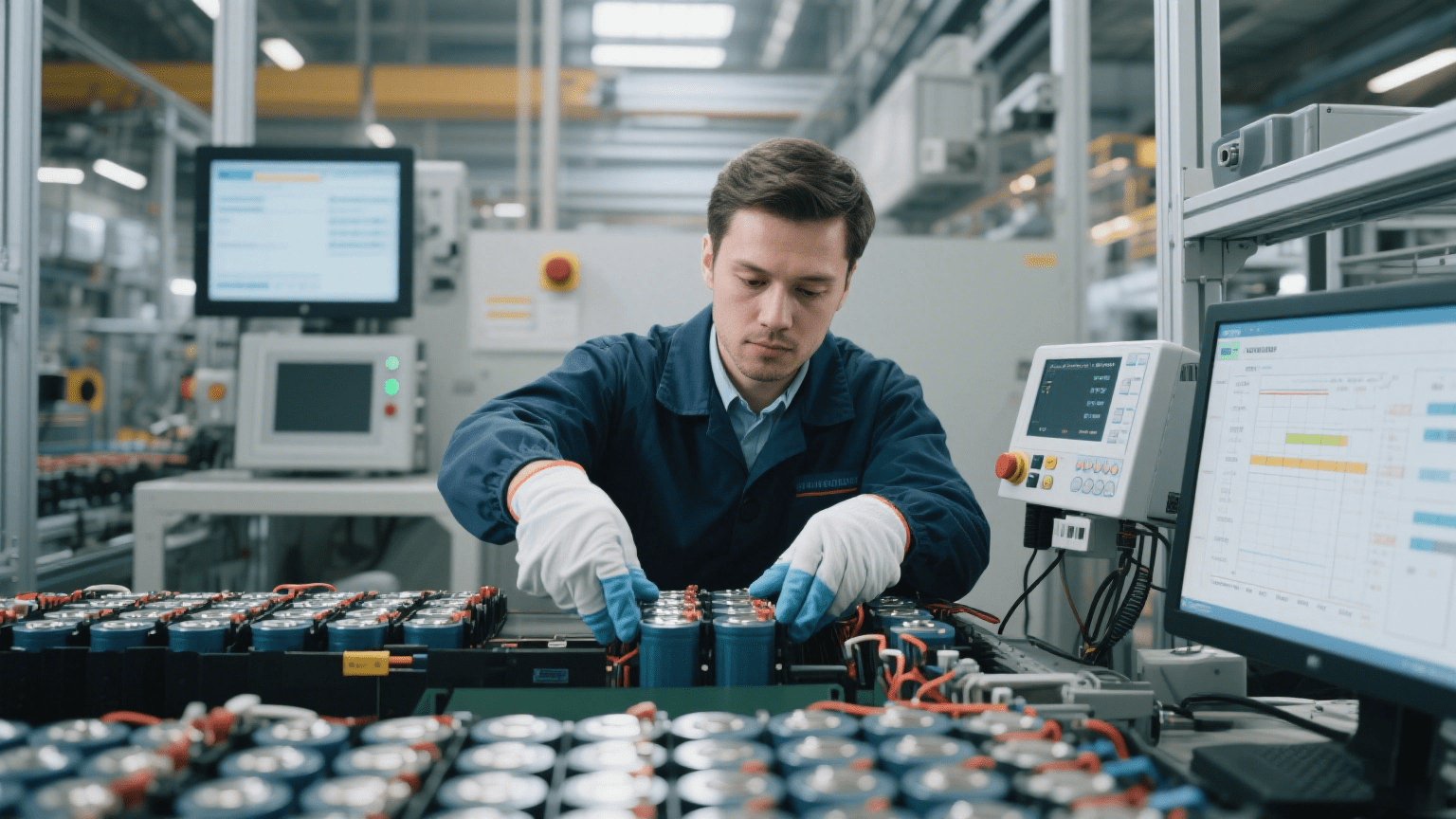Blog
Explore the Power of Lithium Innovation
Stay updated with the latest trends, technologies, and application insights in the world of lithium battery solutions
Search the whole station
Explore the Power of Lithium Innovation
Stay updated with the latest trends, technologies, and application insights in the world of lithium battery solutions
Before customization begins, OEM clients should clearly provide the following information:
These details determine the initial direction of cell selection and battery structure design.

Based on the drone’s power requirements, manufacturers will recommend suitable battery cells such as:
Manufacturers will also assess cell cycle life, energy density, and temperature performance to ensure suitability.
Based on the drone’s internal layout and environmental requirements, battery packs can be structurally customized:
At this stage, manufacturers will provide 2D engineering drawings or 3D structural sketches for confirmation.

After confirming the structural plan, manufacturers will arrange prototype production (3–7 days) and perform:
The prototyping phase usually includes 1–3 units for clients to verify structure and performance.

If the customized battery is intended for export or air transport, it must meet various certification requirements:
The certification process typically takes 5–7 days and can run in parallel with mass production.
Once the prototype is approved, the manufacturer proceeds with mass production:
For OEM buyers, following a structured customization process helps streamline communication, minimize risks, and reduce project delays. By understanding and applying the six essential steps outlined in this guide, you can implement a reliable, tailor-made UAV battery pack solution that meets the demands of your drone system with precision and efficiency.
Learn how to safely replace or rebuild your power tool battery pack. Practical DIY steps, safety tips, and real-life examples to extend your cordless tool’s life.
View detailsLearn how to safely build a DIY lithium battery pack for electronics, scooters, or renewable energy projects with this easy-to-follow guide.
View detailsApsen Technology provides high-performance custom lithium batteries for drones, including Li-ion, LiPo, and LiFePO₄ options. This guide explores battery types, customization methods, and future trends, helping your drones fly farther, operate more...
View detailsExplore the features, applications, and advantages of 2200mAh 18650 lithium-ion batteries. Learn how Apsenx ensures safety, reliability, and high performance for industrial, smart home, and consumer devices.
View details
HelloPlease log in